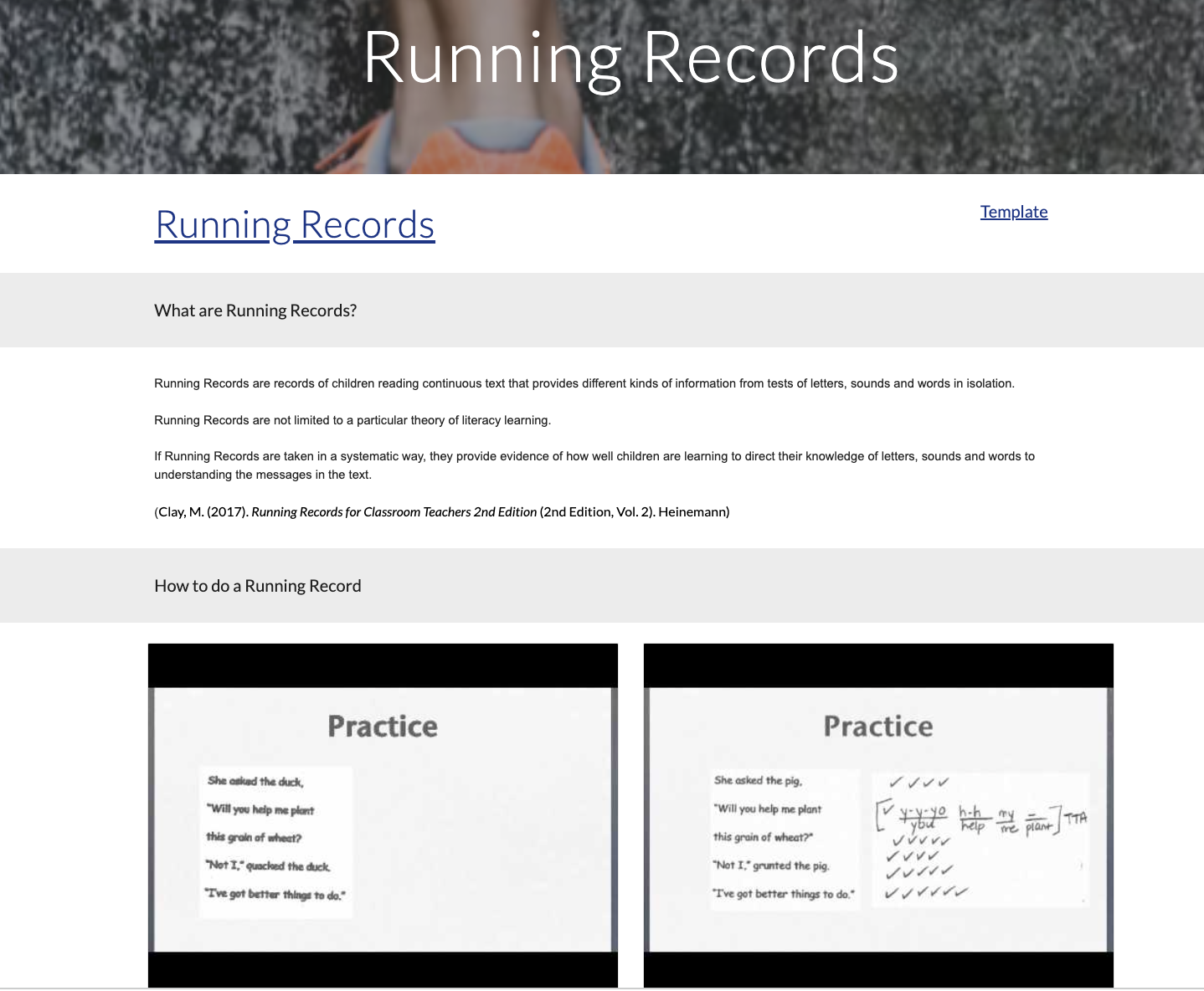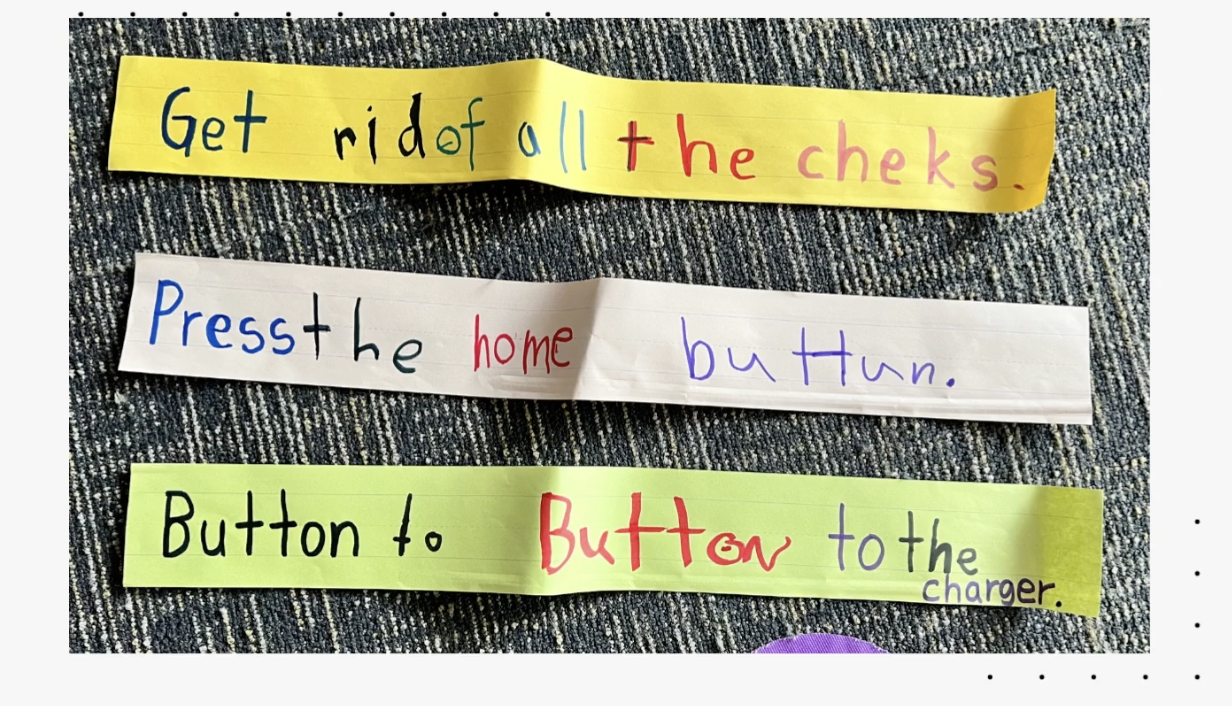As I reflect on my participation in the Manaiakalani Innovative Teachers project (MIT) project throughout the year, I realize the growth I went through. Through the design thinking process, I developed a formalized question about the problem I experienced and grew brave enough to put my project out there in the wider community to receive feedback in order to make it better. Here is a summary of what the process looked like.
When our leadership team looked at our data we realized that the data was particularly low in classes where Beginner Teachers and Overseas Trained Teachers taught. I came up with the question, what could I do to help these teachers, so that they don't waste time trying to figure out what to do, as in the time wasted, our students are either taught at the wrong level or taught the wrong topic, or not taught at all, which puts them at a disadvantage. Through the design thinking process and the help of my MIT colleagues, we refined the question to this: How might we support teachers starting at a new school where there is a complex array of new learning needed to be effective in the classroom. Then the question arose, what tool could I create that will actually be of use to these teachers.
I came up with the idea of a site where new teachers could find the most important information in order to speed up their adjustment to school life. After receiving feedback on my survey that I shared on the Teacher's FB page, I determined that the 3 most important areas of concern are assessments, planning, and resources.
My prototype was very boring, had no images, had too many contrasting coloured bars, and had some very old youtube videos. In order to make my site better, I shared it with as many people as possible and took on the feedback and advice. I tried to bring in an element of fun by changing the name to Survival Kete for New Teachers, With the change of name, I could bring in some elements of a kete, therefore the drop-down menu on the images of the kete's.





















